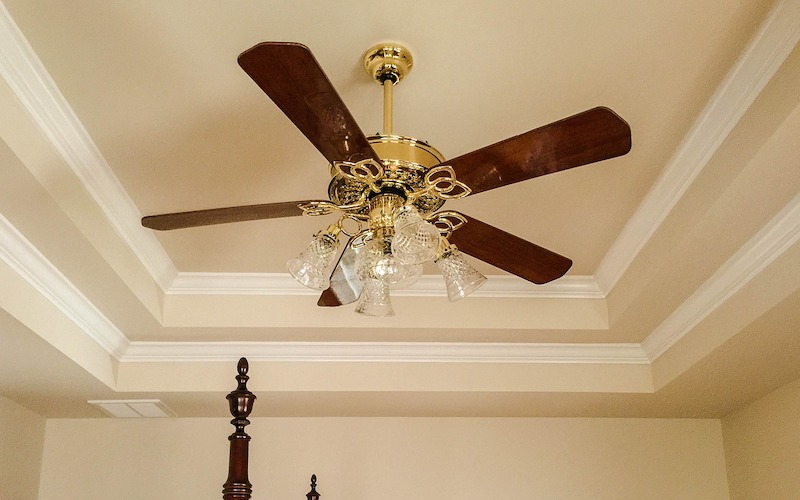As someone who spent my entire career working in the home appliance and installation industry, I’ve fixed some spectacular DIY fails. One of the most common disaster zones is lighting. It’s a deceptively easy install that can quickly backfire, creating disgruntled consumers, returned products, and an overall poor experience.
Here are some of the most common DIY lighting mistakes I’ve run across, and how they impact retailers.
#1 Buying a Fixture that Doesn’t Give Enough Light
Most consumers shop for light fixtures according to style and size dimensions. These are important factors, but you could choose a great design that still doesn’t have the actual lighting strength to illuminate a room. This is a problem. When folks take the time to do the install and finally succeed (it might be easy, depending on the consumer, but it is usually a chore), the last thing they want to do is turn on the light and see a dimly lit space.
What does this mean for retailers? Well, it creates the risk of returns, and sometimes even an unhappy consumer who expected more direction in the buying process.
#2 Installing Dimmers
Dimmers are an easy way to control the mood of a room, but they can be tricky to install. I’ve seen a lot of people either forget to do the install themselves or buy the wrong dimmer for their new light fixture. It creates another level of frustration for people. In today’s retail environment, it’s especially important to create a seamless consumer experience. Offering an installation option can be the golden ticket for smart retailers who want to keep any and all friction away from their consumers.
Related: Honeywell Resideo: Can Home Security Really Be DIY?
#3 Ordering Products with Difficult Assembly
Whenever a consumer came back to the store with an open box full of jumbled light fixture parts, I knew they’d just experienced a common DIY lighting fail.
When you aren’t in the business, it’s hard to know exactly what’s involved when installing light fixtures. A lot of consumers choose products based on every other reason besides how easy of an install it will be. What they don’t realize is that some products require crimping wires, or even wiring the entire fixture.
For all but the bravest, this is a deal breaker and might end with a return, or even a lost sale.
#4 Electrical Issues
This is probably what most people think of when they consider the risks of installing a product. And for good reason. A lot of consumers don’t realize that they can accidentally reverse the polarity of light. When the neutral wire and the hot wire are routed along the wrong paths, it’s going to create more energy than necessary and produce an electrocution scenario.
Of course, we want to avoid this at all costs. Offering professional installation options for consumers, especially on products that are trickier to install, is a sure way to help consumers avoid this risk.
#5 Ordering Products that Require Expert Alterations
Many DIY lighting issues relate back to a knowledge gap between what the consumer wants and what the actual product installation requires. Another common dilemma is when the size or weight of the fixture requires additional supports, which a consumer might not realize. Larger structural issues can come up if a fixture is installed without proper support, creating a potentially hazardous environment for the consumer.
Having a detailed product page and offering a professional installation option are just two ways to create a great experience for each consumer.
Help your consumers avoid DIY lighting mistakes and offer professional installation bundled with each purchase.








